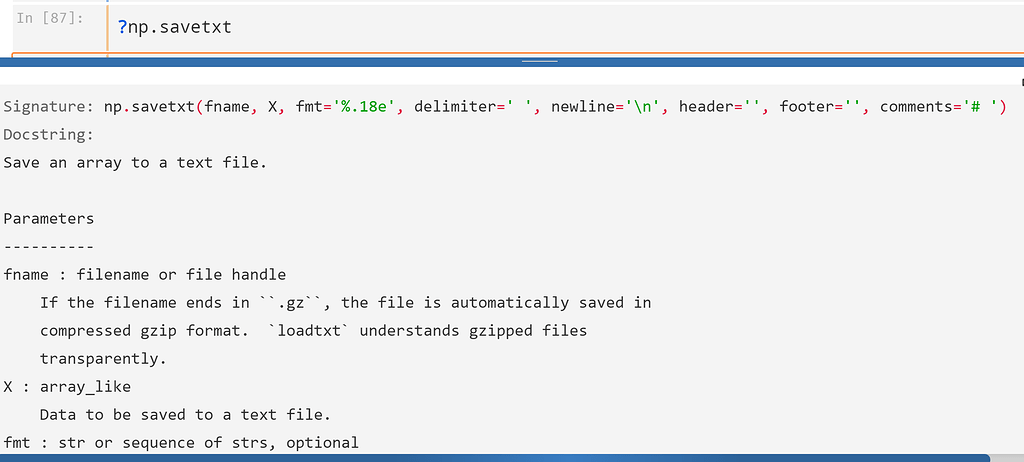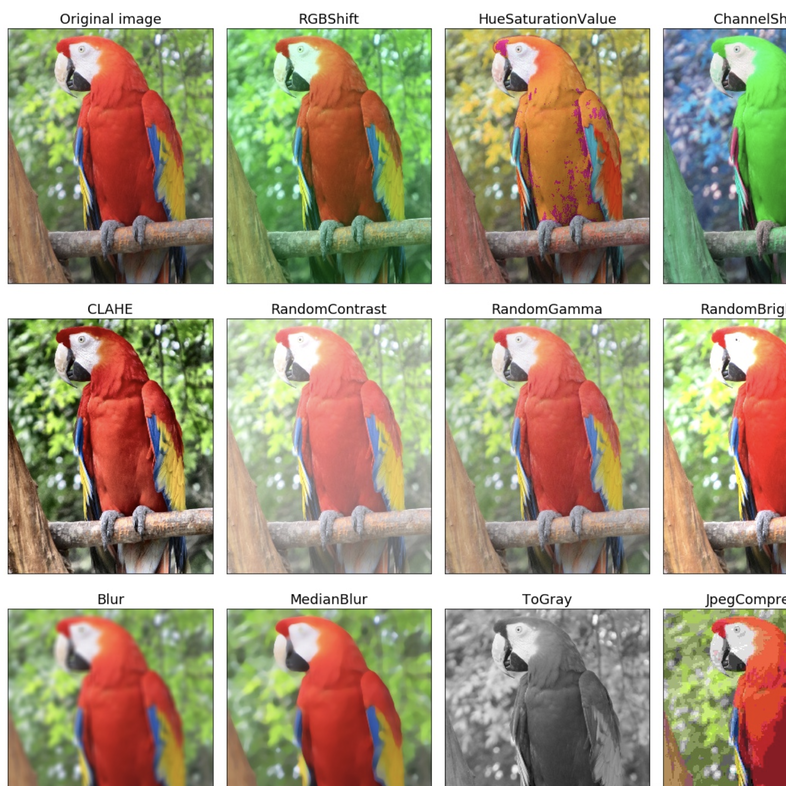

rotate ( img, 90, reshape = False ) # Resize across z-axis img = ndimage.

shape # Compute depth factor depth = current_depth / desired_depth width = current_width / desired_width height = current_height / desired_height depth_factor = 1 / depth width_factor = 1 / width height_factor = 1 / height # Rotate img = ndimage. astype ( "float32" ) return volume def resize_volume ( img ): """Resize across z-axis""" # Set the desired depth desired_depth = 64 desired_width = 128 desired_height = 128 # Get current depth current_depth = img. get_fdata () return scan def normalize ( volume ): """Normalize the volume""" min = - 1000 max = 400 volume = max volume = ( volume - min ) / ( max - min ) volume = volume. load ( filepath ) # Get raw data scan = scan. Import nibabel as nib from scipy import ndimage def read_nifti_file ( filepath ): """Read and load volume""" # Read file scan = nib. Will be used when building training and validation datasets. Here we define several helper functions to process the data.


A thresholdīetween -1000 and 400 is commonly used to normalize CT scans. They range from -1024 to above 2000 in this dataset.Ībove 400 are bones with different radiointensity, so this is used as a higher bound.
#Keras data augmentation 3d install#
You can install the package via pip install nibabel. The files are provided in Nifti format with the extension. The additional prerequisite knowledge required in order to be successful in this course is proficiency in the python programming language, (this course uses python 3), knowledge of general machine learning concepts (such as overfitting/underfitting, supervised learning tasks, validation, regularisation and model selection), and a working knowledge of the field of deep learning, including typical model architectures (MLP, CNN, RNN, ResNet), and concepts such as transfer learning, data augmentation and word embeddings.1065476096/1065471431 - 236s 0us/stepĢ71171584/1045162547 - ETA: 2:56 This course follows on directly from the previous course Getting Started with TensorFlow 2. The release of TensorFlow 2 marks a step change in the product development, with a central focus on ease of use for all users, from beginner to advanced level. TensorFlow is an open source machine library, and is one of the most widely used frameworks for deep learning.
#Keras data augmentation 3d series#
In addition there is a series of automatically graded programming assignments for you to consolidate your skills.Īt the end of the course, you will bring many of the concepts together in a Capstone Project, where you will develop a custom neural translation model from scratch. You will put concepts that you learn about into practice straight away in practical, hands-on coding tutorials, which you will be guided through by a graduate teaching assistant. You will also expand your knowledge of the TensorFlow APIs to include sequence models. You will use lower level APIs in TensorFlow to develop complex model architectures, fully customised layers, and a flexible data workflow. In this course you will deepen your knowledge and skills with TensorFlow, in order to develop fully customised deep learning models and workflows for any application. Welcome to this course on Customising your models with TensorFlow 2!


 0 kommentar(er)
0 kommentar(er)
